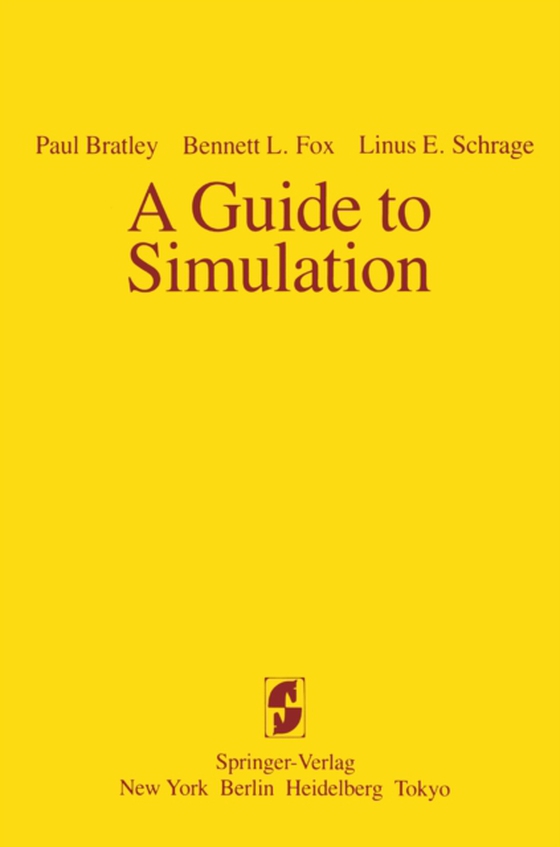
Guide to Simulation e-bog
692,63 DKK
(inkl. moms 865,79 DKK)
Simulation means driving a model of a system with suitable inputs and observing the corresponding outputs. It is widely applied in engineering, in business, and in the physical and social sciences. Simulation method- ology araws on computer. science, statistics, and operations research and is now sufficiently developed and coherent to be called a discipline in its own right. A course in simulat...
E-bog
692,63 DKK
Forlag
Springer
Udgivet
6 december 2012
Genrer
Cybernetics and systems theory
Sprog
English
Format
pdf
Beskyttelse
LCP
ISBN
9781468401677
Simulation means driving a model of a system with suitable inputs and observing the corresponding outputs. It is widely applied in engineering, in business, and in the physical and social sciences. Simulation method- ology araws on computer. science, statistics, and operations research and is now sufficiently developed and coherent to be called a discipline in its own right. A course in simulation is an essential part of any operations re- search or computer science program. A large fraction of applied work in these fields involves simulation; the techniques of simulation, as tools, are as fundamental as those of linear programming or compiler construction, for example. Simulation sometimes appears deceptively easy, but perusal of this book will reveal unexpected depths. Many simulation studies are statistically defective and many simulation programs are inefficient. We hope that our book will help to remedy this situation. It is intended to teach how to simulate effectively. A simulation project has three crucial components, each of which must always be tackled: (1) data gathering, model building, and validation; (2) statistical design and estimation; (3) programming and implementation. Generation of random numbers (Chapters 5 and 6) pervades simulation, but unlike the three components above, random number generators need not be constructed from scratch for each project. Usually random number packages are available. That is one reason why the chapters on random numbers, which contain mainly reference material, follow the ch!lPters deal- ing with experimental design and output analysis.
 Dansk
Dansk

